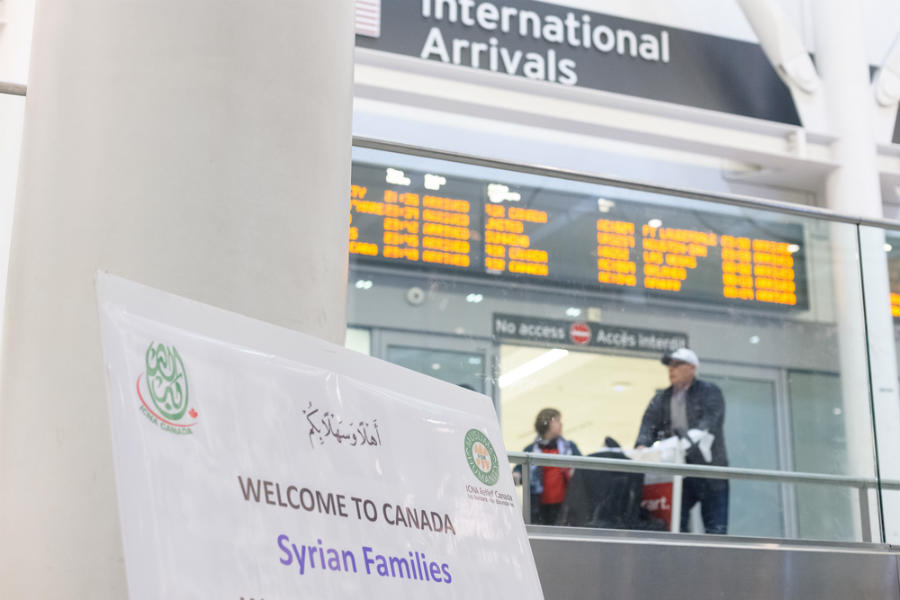As the world becomes more urbanized, it is important to meet conflict challenges before they arise.
A cursory glance at the 2015 Global Peace Index (GPI) makes for interesting reading. The GPI shows that the world has become less peaceful since 2008, which is largely attributed to the increase of conflicts within states, the rise of terrorism and the hike in crime rates.
The number of displaced people and refugees is the highest since the end of World War II. Though the long-term trend in peacefulness is positive—in the sense that there has been a marked and persistent downturn in levels of violence and conflict since 1945—the number and intensity of high-profile wars and atrocities in the short-term have increased.
So how does one explain this anomaly?
Simply that the nature and landscape of conflict is changing, as has been shown from experiences over the last decade. Conflict as a result of challenges to the established order in different places around the world is arising due to diverse causes: political change, regional and national autonomy, urbanization, climate change, faith and cultural identity, or securing the basic conditions of life.
While the first half of the 20th century was a major period of inter-state warfare and wars of independence, the second half gave way to an era of predominantly civil conflicts.
An authoritative estimate from the World Bank is that 1.5 billion people—just over 20% of the global population—live in countries under the threat of large-scale, organized violence, whether perpetrated by terrorists, state forces or criminal gangs.
The latter, in particular, symbolizes a new and emerging threat and means that many conflicts appear to be chaotic, multisided, not necessarily political, and in many cases, a confusing amalgam of crime, politics and business. Crime, violence and the wider social and political instability thus produced will continue to threaten human security, raising the prospects for new forms of conflict.
While politics, faith, identity and rights are often the foreground factors for any conflict—these are the issues that people fight for and against—it is important to pay attention to the long-term systemic issues that increase conflict.
URBAN CONFLICT
One issue that will affect long-term conflict dynamics involves “people, cities and resources.” The world’s population passed the 1 billion mark in 1810, doubled in the next hundred years, and by 2010 was about 7 billion. The projection for 2050 is 9 billion. But the issue here is not pure numbers—it’s resources.
When the global total reached 1 billion, just 3%—30 million people—lived in cities. Today, the world is 50% urbanized; 3.5 billion people live in cities.
Urbanization per se is by no means bad, but it provides a different set of issues with regard to conflict. The prospect of “shadow” economies, the connections between the violence driven by politics with the relentless drive for money, and the status that comes through criminal gang violence all leading to conflict poses areas for concern. With weak state institutions, the violence becomes cyclical and relentless as criminal violence is traditionally met with the violence of law enforcement. Violence on violence.
It is hard to manage stressful change without adequate institutions and systems for doing so, which are lacking or deficient in many countries. Deficiencies in resilience are to be found at every level. Local, national and international arrangements and institutions that may have functioned reasonably well to date now face challenges they were not designed and equipped for. Furthermore, this is happening against the background of political change and instability in countries globally.
Understanding how the different elements of risk interact with each other is fundamental to conflict analysis, and to understanding what can be done to build peace in any particular context. The capacity to respond to challenges is necessary, but relying on crisis response is inadequate.
It is essential to meet emerging problems upstream—such that people can pursue conflicts without violence and harm to themselves or others. Thus, peaceful societies are when people can live in safety, have fair and effective laws, participate in shaping political decisions, make a decent living, and secure their well-being.
In order for this to happen, there needs to be strong advocates for creative dialogue, and diplomacy that understands the context and addresses civic empowerment. These should ultimately lead to the view that conflicts can and should be resolved peacefully as much as is humanly possible. And where and when that proves impossible, every effort must be devoted to returning to a situation in which violence does not threaten every person’s safety and well-being, and in which conflicts can be handled by dialogue, discussion, the law and settlement.
Dealing with conflict and building peace is about the long-term. While political leaders’ decisions are required to make these unfold positively, change does not come about at the flick of a switch. Similarly, while peace is most likely and strongest when many individuals gear their actions toward peacebuilding, the effects of activism are not necessarily quick or linear. Rather, change is indirect, incremental and cumulatively transformative.
This originally appeared on Fair Observer
